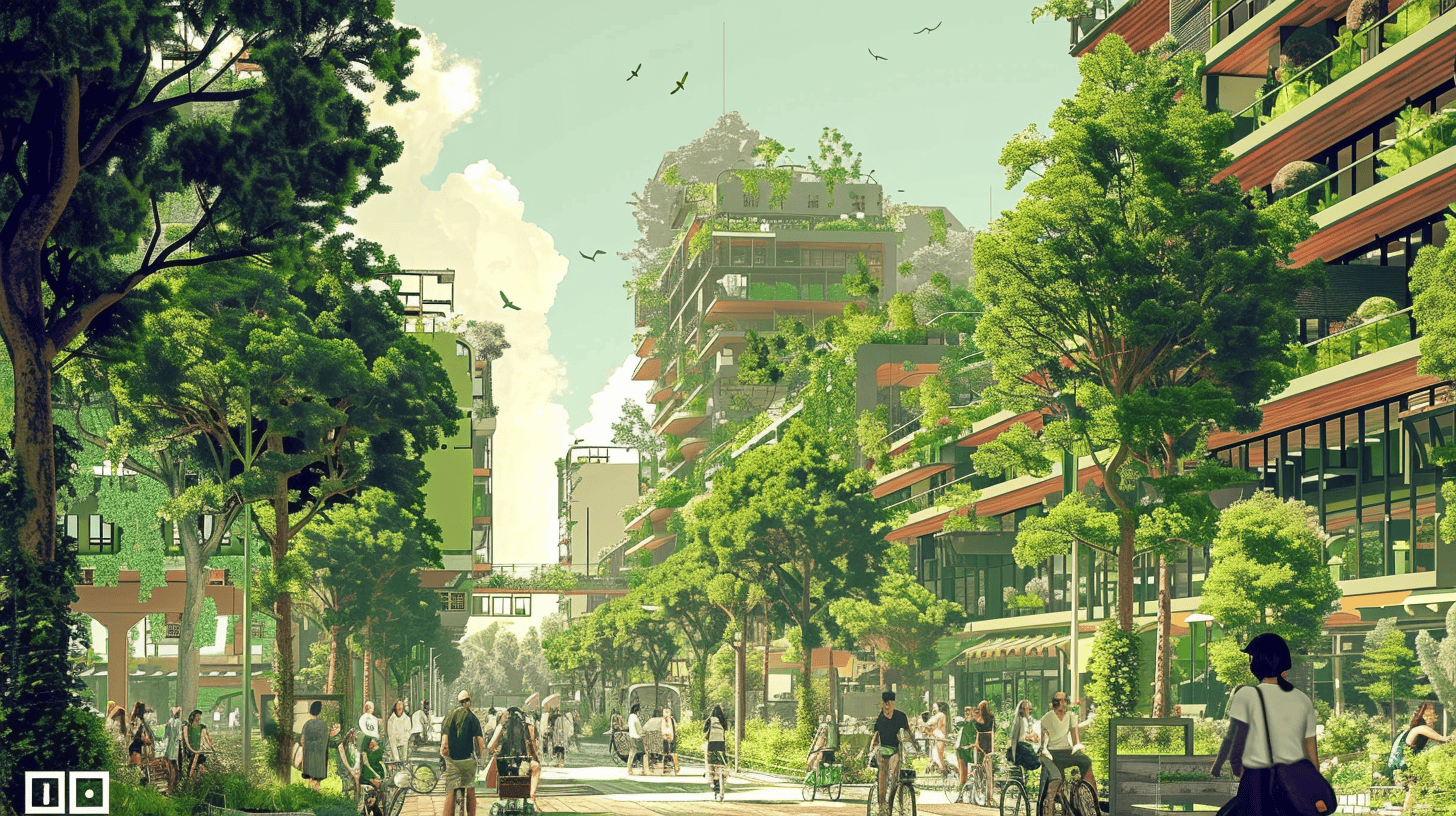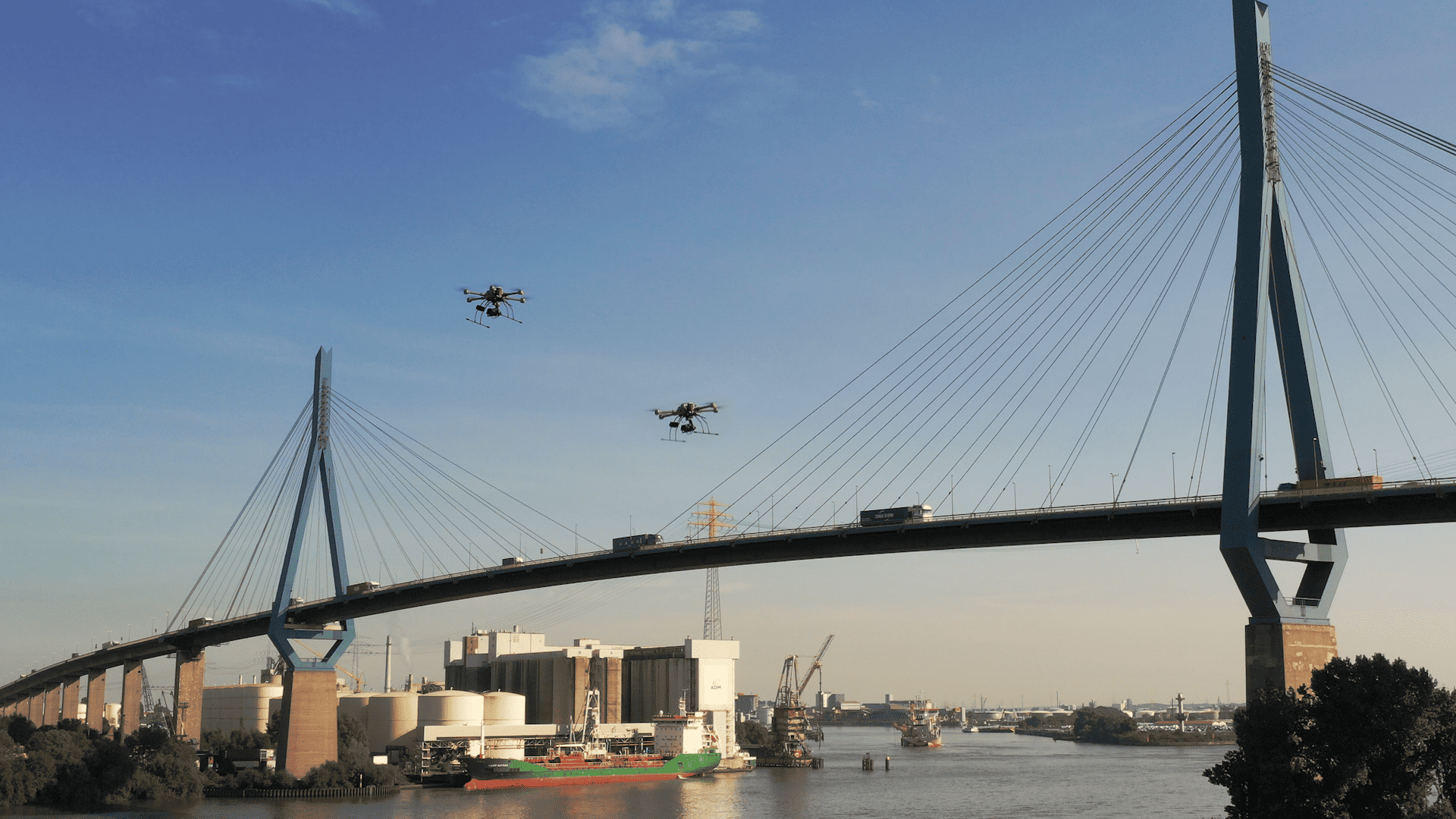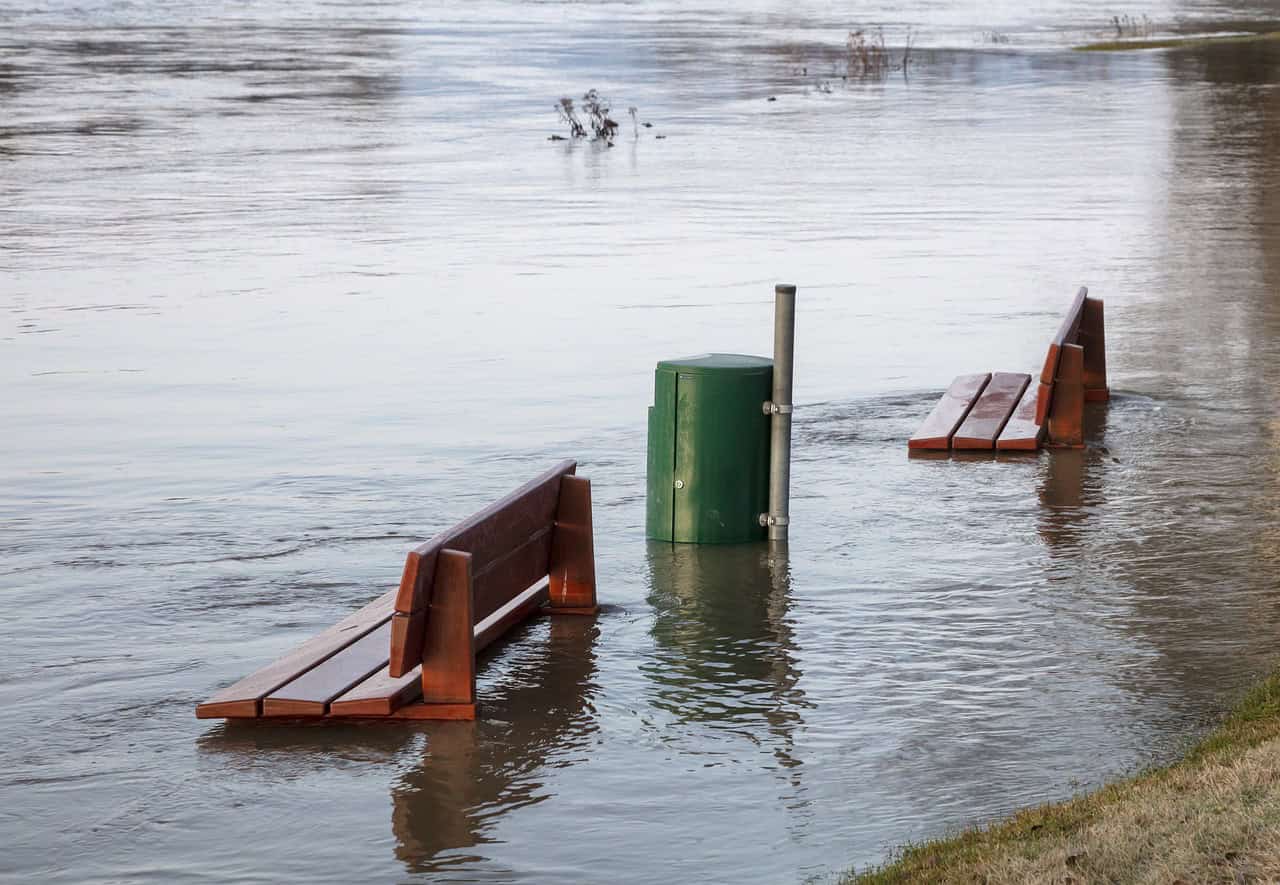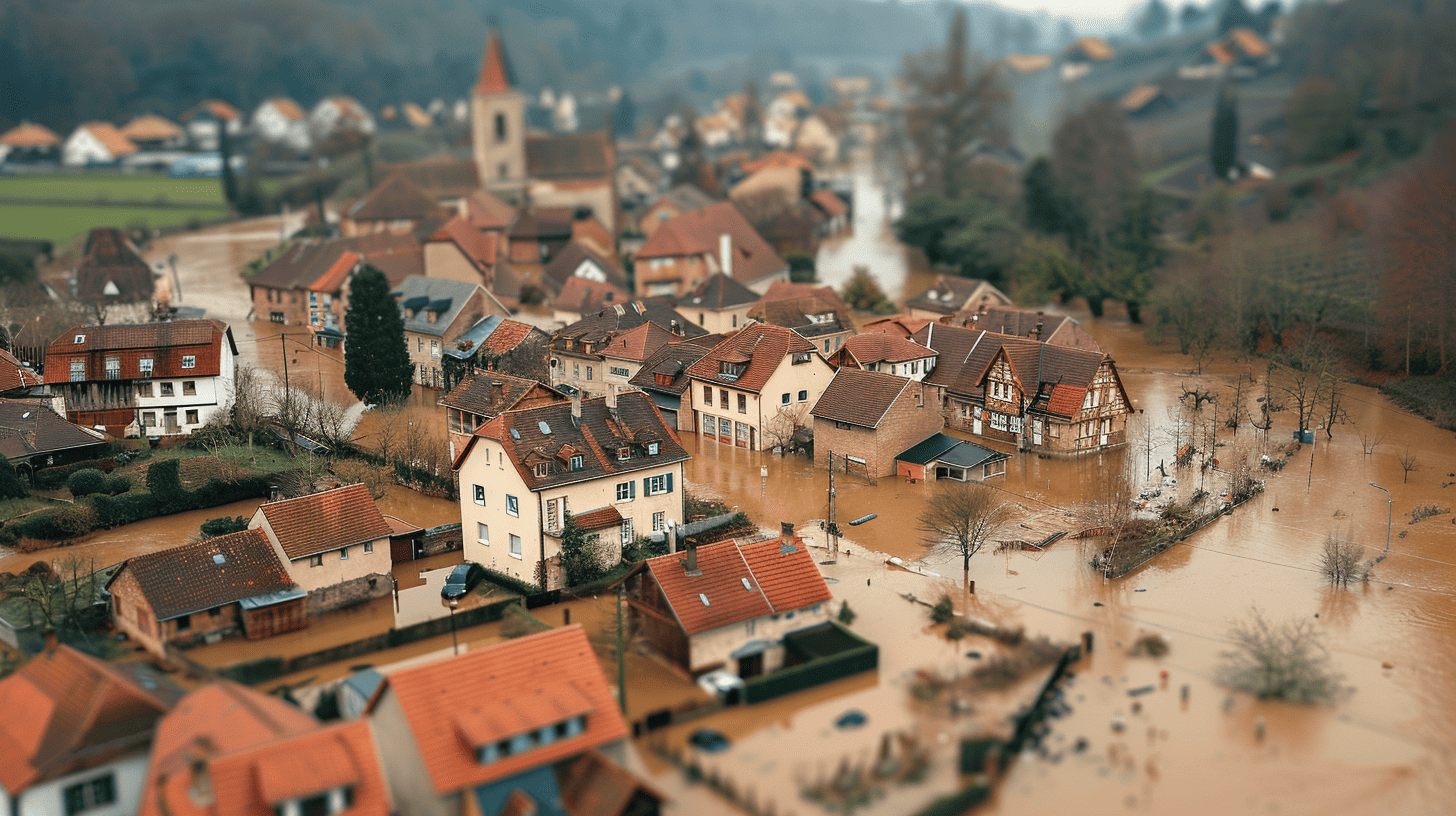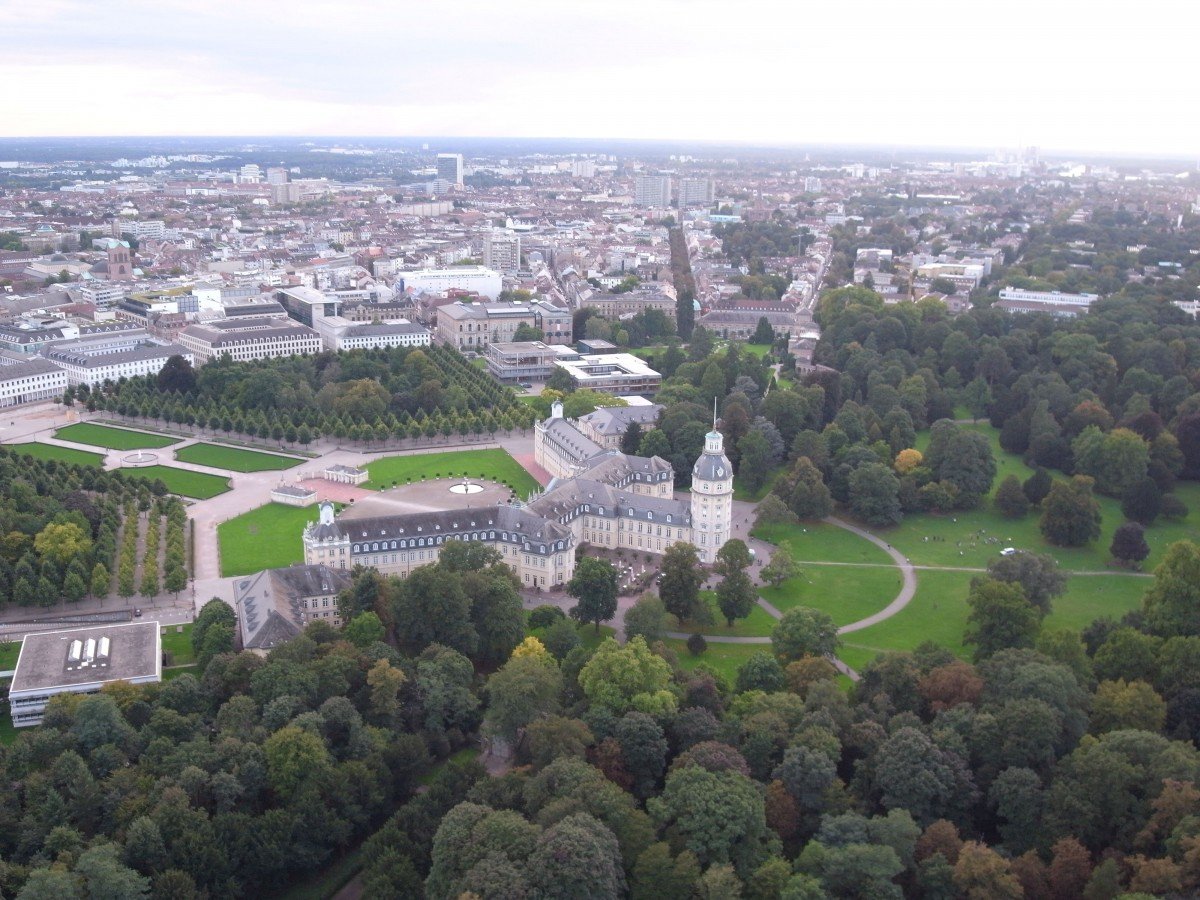
Extreme weather conditions make trees’ lives in the city particularly difficult. According to observations, they are more susceptible to the consequences of global warming because they don’t grow in a natural but in a built environment. This includes heat waves, droughts, storms and heavy rainfall. Thus, natural processes (ecophysiological processes) such as the evaporation of water through the leaves, such as transpiration and photosynthesis, could lose their intensity in the future, especially in native tree species.
But not just that:
Growing and increasingly densely built cities, environmental pollution as well as mechanical and chemical damage threaten the existence and vitality of urban forests,” explains Dr. Somidh Saha, a forestry scientist at the Institute for Technology Assessment and Systems Analysis (ITAS) at KIT.
Saha is head of the recently launched three-year research project “Inter- and transdisciplinary development of strategies to increase tree resilience in growing cities and urban regions (GrüneLunge, which translates to ‘Green Lung’)”.
ECOSYSTEM SERVICES OF TREES
Trees are currently exposed to extreme stress, which affects the health as well as the physiological activity of the plants. And this is despite the fact that we need them so urgently – also and especially in the city. Because here the plants do not only make sense for optical reasons. For example, during heat periods they effectively cool their surroundings by releasing moisture. At the same time, they provide necessary shade. Trees also filter the polluted air by binding CO2 and exhaust particles. These are all ecosystem services that are becoming increasingly important in light of climate change. But the rapidly increasing urbanization of cities is counteracting this. Consequently, work must be focused on maintaining green spaces and a healthy plant population in the city.
This is also the reason for the researchers of the city of Karlsruhe to research short and long-term strategies to increase the resilience of trees within the framework of the KIT project “Quartier Zukunft – Labor Stadt” (= “District Future – City Laboratory”). Especially since their region is classified as ‘particularly susceptible’ to consequences of climate change.
The scientists are working on adapting the care and management of urban greenery to the new challenges. Their ideal goal is to even improve the above-mentioned ecoservice of the trees.
GREENING CONCEPTS TO BE IMPLEMENTED
“Over the next three years, we want to better understand how the growth and ecosystem services of urban trees and forests are changing under the influence of air pollution and drought,” Saha said. Measurement campaigns in Karlsruhe, the neighbouring town of Rheinstetten and other locations will provide information. Building on this, the researchers want to investigate how heat stress in urban areas can be reduced most effectively with the help of trees. On the one hand, the researchers will focus on the selection of tree species that are particularly suitable due to their specific properties. On the other hand, the researchers want to look at larger correlations. The aim here is to develop both natural and economic greening concepts for urban districts, parks, streets and urban woodlands. At the end of the project, the scientists want to implement the findings in Karlsruhe and Rheinstetten.
RAISING PUBLIC AWARENESS
For its work, the ITAS team coordinates an interdisciplinary project consortium. The partners are the Centre for Medical-Meteorological Research of the German Weather Service (DWD) and the Forest Research Institute Baden-Württemberg (FVA) in Freiburg as well as the cities of Karlsruhe (horticulture and forestry office) and Rheinstetten (construction office). The “GrüneLunge” project is funded by the Federal Ministry of Education and Research (BMBF) with a total of 1.4 million euros.
The research is accompanied by various transdisciplinary activities in the aforementioned real laboratory “Quartier Zukunft – Labor Stadt”. The researchers work together with citizens and those responsible in Karlsruhe and Rheinstetten. The “GrüneLunge” project aims to initiate a dialogue and knowledge transfer between citizens, foresters, scientists and political decision-makers from Karlsruhe and Rheinstetten. The aim is to sensitise all those involved to the essential importance of a green city and its healthy plant population. The results of the ‘GrüneLunge’ project are definitely interesting for many other cities around the world.




